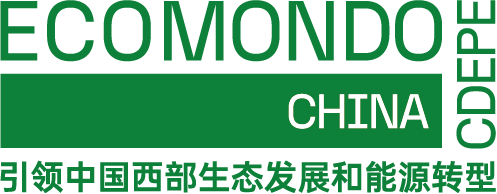Regenerative incinerator (RTO for short) is the most mature, stable and effective organic waste gas treatment equipment at present, which can treat volatile organic gases (VOC) and odor emitted in industrial production. As the mainstream VOC treatment process. Ceramic regenerator should be divided into two or more, and each regenerator should go through the procedures of heat storage, heat release and cleaning in turn, and work continuously. Regenerator, also known as thermal storage filler, is an important part of RTO device, usually made of honeycomb ceramics; It is equivalent to a heat exchanger, and its function is: when the cold exhaust gas passes through the hot regenerator, the regenerator releases the stored heat, so that the exhaust gas is heated to the required preheating temperature and the regenerator itself is cooled (cold cycle); The preheated gas enters the combustion chamber, and when the hot purified gas after reaction passes through the cold regenerator, the regenerator absorbs the heat of the purified gas, so that the gas is cooled and the regenerator itself is heated (thermal cycle). According to different structures, RTO devices can be divided into two-chamber RTO, three-chamber RTO and rotary RTO. The removal rate of VOCs in two-chamber RTO device is 95%-98%, the removal rate of VOCs in three-chamber RTO device can reach above 98%, and the removal rate of rotary RTO can reach above 99%. The organic waste gas is pumped into regenerator 1 by induced draft fan to raise the temperature, absorb the heat stored in regenerator, and then enter combustion chamber for further combustion, raising the temperature to a set temperature. In this process, the organic components are completely decomposed into CO and HO. Because the exhaust gas absorbs the heat recovered in the last cycle in the regenerator 1, the fuel consumption is reduced. The treated high-temperature waste gas enters the regenerator 2 for heat exchange, and the heat is absorbed by the regenerator and then discharged. The heat stored in the regenerator 2 can be used to heat the newly input exhaust gas in the next cycle. After the process is completed, the system automatically switches the inlet and outlet valves to change the flow direction of the waste gas, so that the organic waste gas enters through the regenerator 2, and is discharged after heat exchange in the regenerator 1 after incineration, so that it is alternately switched and continuously operated. The three-chamber RTO device treats waste gas in a similar way to the two-chamber principle, but the difference is that the three-chamber RTO regenerator should be cleaned immediately after the heat release (to ensure the VOC removal rate above 98%), and only after the cleaning is completed can it enter the "heat storage" program. Otherwise, the residual VOCs will be discharged to the chimney with the flue gas, thus reducing the treatment efficiency.








